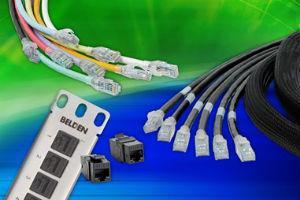 Meeting the global demand for IP traffic is a growing need, so it is necessary that the bandwidth offered is more robust and in accordance with current requirements.
Meeting the global demand for IP traffic is a growing need, so it is necessary that the bandwidth offered is more robust and in accordance with current requirements.
Paul Kish*
The need for greater bandwidth to meet the global demand for IP traffic, grows at a rate of 30% per year, which means that the global traffic generated in data centers (DPCs) will increase fourfold from the 1.1 Zettabytes registered in 2010, to the 4.8 Zettabytes per year expected for 2015, according to a recent Cisco study.
On the other hand, the subset of traffic in data centers that will grow the fastest is Cloud Computing, which will increase by up to 12 times its size, from the 130 Exabytes counted in 2010, to the 1.6 Zettabytes expected for 2015, with a year-on-year growth of 66 percent.
Given this reality, the question is not whether there will be a need to generate a migration to adapt to these needs, but how and when it must be carried out. In order to meet this demand, there will be a need to upgrade 40Gb Ethernet links that will link the server and storage area network connections to the Data Centers and Ethernet to 100Gb, linked to core switching and routing connections in the backbone. For this, Belden is already prepared.
Meanwhile, many IT managers are debating whether to delay the deployment of Ethernet to 40Gb/s – simply waiting for solutions available at more than 100 Gb/s; however, it is a fact that this should not prevent the immediate deployment of 40 Gb/s solutions; because although it seems difficult to believe, in today's economy the implementations for 40 Gb / s are increasingly attractive compared to the current 10 Gb / s, and much better than those implemented for Ethernet of 100 Gb / s.
Reality and the market
The largest market for 40Gb (40 GbE) Ethernet is in Data Centers of interconnection links with servers and storage area networks; so the 100G Ethernet (100GbE) market will be driven by wide switching bandwidth and routing of 10G and 40G Ethernet core network aggregation links.
In parallel, the 40 GbE and 100 GbE market will develop over the next three to seven years, as products become less expensive and more accessible over time.
Migrate to 40Gb and 100Gb Ethernet
Network administrators know that migration to "High Speed Ethernet" (or HSE) will ultimately require certain changes, and most of them will need to be in new cabling; in addition to some monitoring and management equipment that is not able to support the necessary HSE rates.
Migrating from 10 GbE (which uses two fibers in either SC duplex or a duplex LC connector) to 40 GbE and 100GbE, will require many more fibers and different types of connectors. At this point, the way fiber optic cabling is deployed for 10 GbE, can facilitate an easy migration path to 40 GbE and 100 GbE, in the future; while it is an effective migration strategy that provides a smooth transition to the highest Speed ethernet with minimal disruption and no total replacement of existing cabling and connectivity components.
Another good news in this change is that this transition does not require any modification in the design of the top-layer network, network protocols, or applications, which means that it will use the Rapid Spanning Tree (RSTP) protocol between the switches, and Open Shortest Path First (OSPF) between the routers, in such a way that the execution of these protocols can continue through HSE interfaces without configuration changes.
To make transmission rates of 10 Gb/s possible, signals must be transmitted at minimum frequencies of 500 MHz, according to the standard, however Belden solutions guarantee transfer rates of 625 MHz including all channel components and interconnection points; so to achieve proper communication at such high frequencies through UTP copper cables, very significant changes are required in the way each of the components has been designed.
At such high transfer frequencies, all the components of a 10Gb/s channel begin to emit electromagnetic radiation fields, which have a negative impact on the channels of greater physical proximity. This interaction between a channel and adjacent channels is called the Alien Near End Cross Talk (ANEXT).
Overcoming this phenomenon is one of the most difficult requirements of the standard for category 6A. To overcome this challenge without the need to employ shielded solutions, Belden has designed up to seven patents that guarantee the cancellation of internal and external interference, totally avoiding the ANEXT and at the same time offering the highest performance on the market.
Proceeds
For Frank Yang, blogger at Commscope, one of the most attractive benefits of Ethernet 40 Gb/s is its wide range of applications and design flexibility, as it can be effectively used in link aggregation in today's data center networks. On the other hand, more than two switch manufacturers have launched or announced new 40 Gb/s products. It is also anticipated that Ethernet at 40 Gb/s will be commonly applied to server access links by 2016.
"Considering the increased productivity and corresponding decrease in operating expenses, I believe the migration to 40 Gb/s Ethernet will prove to be cost-effective for those who do it well," Yang said. There are a number of cabling upgrade path alternatives ranging from 1/10 Gb/s over 40 and 100 Gb/s duplex multimode fibers in parallel to multimode fibers.
By far, Belden pre-finished fiber optic cabling provides a transparent migration path to 40 Gigabit Ethernet and 100 Gigabit Ethernet, using the same infrastructure and adding pre-finished trunk cable assemblies and MPO adapter frames in as much as needed. As a consequence, the use of belden pre-finished cabling facilitates migration to 40G and 100G Ethernet of 10 Gb of current Ethernet networks.
Such migration can be done according to the increase in needs. In addition, Belden MPO's low connectivity loss (at a maximum of 0.35 dB loss per connector), can support 4 connector channels over distances of up to 100 meters, using OM3 multimodal fiber cables or, four OM4 multimodal fiber cables, and 3 connector channels for distances of more than 150 meters using OM4 multimodal fiber cable.
*With information from Cisco, Commscope and Paul Kish, who is Belden's Director of Systems and Standards. In addition to being a key element for the development of cabling standards with TIA, ISO and IEEE. Kirsh is also a member of the BICSI (Technical Committee on Information & Methods). Belden is a St. Louis-based company - Belden is a leader in end-to-end cable, connectivity and networking solutions that enable organizations to effectively deliver essential products and services in the world's most demanding environments. It has approximately 6,600 employees, and provides the value for industrial automation, corporate automation, education, healthcare, hospitality and broadcasting, audio and security, transportation, infrastructure, consumer electronics and other industries. Belden has factories in North America and Europe and a market presence in almost every region of the world. Belden was founded in 1902, and today is a leader with some of the strongest brands in the signal transmission industry. For more information, visit www.belden.com.




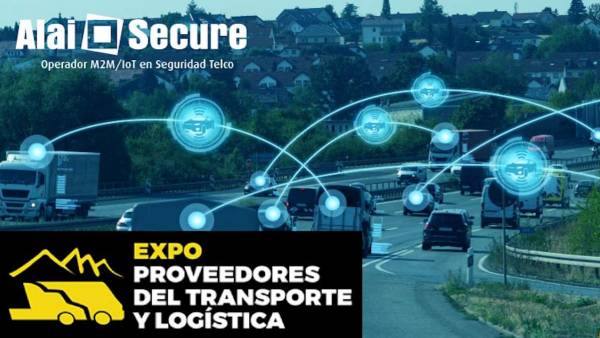

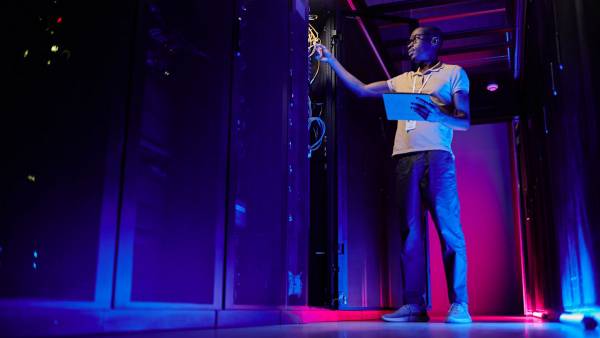
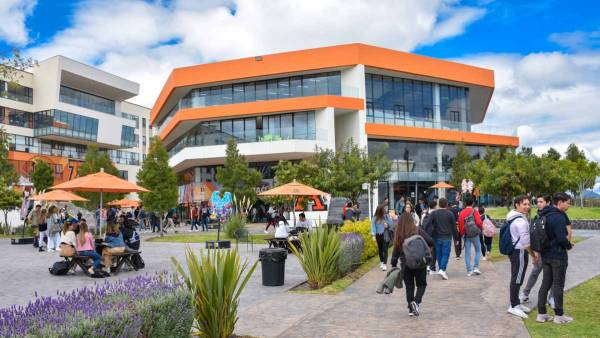


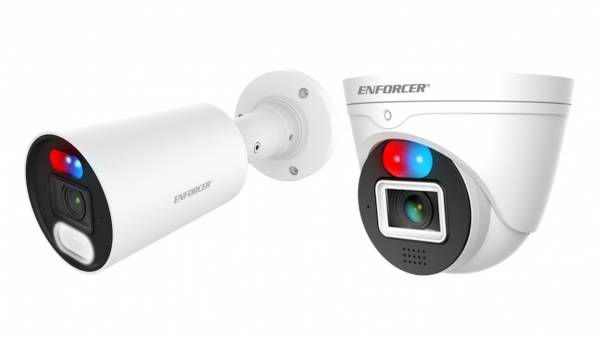














Leave your comment